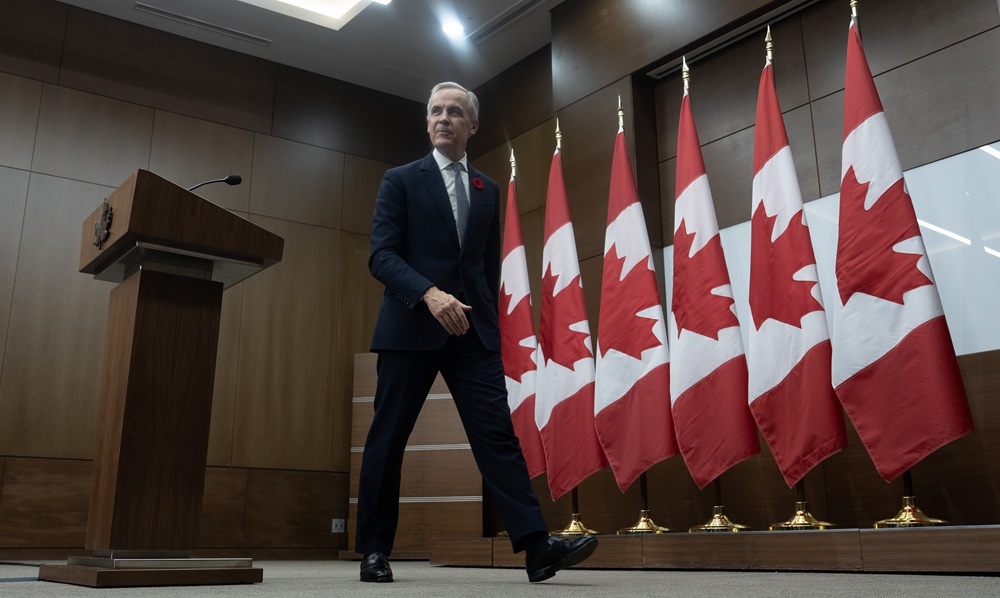November marks the start of a peculiar period in Canada’s grocery landscape – a “blackout” where major retailers request suppliers to delay price increases until February. While presented as a measure to stabilize costs during the holidays, the reality is far more complex, and consumers ultimately bear the brunt.
The common narrative attributes food inflation to global events, weather patterns, or currency fluctuations. However, a deeper look reveals a significant portion of price instability originates within the intricate negotiations between food suppliers and grocery giants.
An analysis of 25 years of Statistics Canada data exposes a striking pattern: food prices consistently spike in October and again in February. Since 2000, these months have seen average price increases exceeding other periods by 0.05 and 0.03 percentage points respectively – the most volatile times of the year for grocery bills.

This isn’t accidental. October represents the final push for suppliers to finalize new contracts with major retailers like Loblaw, Sobeys, and Metro, attempting to account for rising costs in transportation, packaging, and raw commodities. Retailers, naturally, resist to protect their profit margins and competitive standing.
The resulting struggle invariably leads to adjustments that are reflected in the Consumer Price Index almost annually. The year 2022, a period of intense economic turbulence, vividly illustrates this cycle – a jump from 5.1% inflation in January to 8.1% by June, followed by another surge in October as suppliers locked in prices before the freeze.
The pattern reverses as the holidays conclude. February, the first full month following the blackout, brings a new wave of increases as renewed supplier contracts take effect and retailers replenish their inventories. The Canadian Dairy Commission’s annual February adjustments often amplify this pressure, influencing other supply-managed sectors.
In February 2022, food inflation leaped a full percentage point – from 5.7% to 6.7% – largely driven by these contract renewals and regulated price hikes. The fragility of these relationships was starkly revealed during the PepsiCo-Loblaw dispute, where a temporary halt in shipments left store shelves depleted and consumers frustrated.
This cycle – October surge, holiday stability, February surge – has persisted for decades. It’s not a consequence of external factors like weather or geopolitical events; it’s a fundamental characteristic of the system itself. Consumers are effectively paying a premium for the inherent volatility built into the supply chain.
The proposed Grocery Code of Conduct, developed collaboratively by industry and provincial governments, offers a potential solution. It aims to establish clear guidelines for communicating cost increases, resolving disputes, and providing suppliers with adequate notice before implementing price hikes.
By fostering transparency and fairness, the Code could mitigate these seasonal swings. It won’t eliminate inflation entirely – global market forces will always play a role – but it could create more predictable prices for everyone, from farmers to families.
The data paints a clear picture: over the past 25 years, October and February have consistently been the most inflationary months for food in Canada, while December typically sees the largest average price drops due to holiday promotions. This isn’t random chance; it’s a structural issue.
The Grocery Code of Conduct isn’t simply about ensuring fairness for suppliers. It’s about building a more stable and transparent food system for all Canadians. The goal isn’t to achieve miracles, but to introduce predictability. Properly implemented, the Code could replace volatility with stability and conflict with collaboration.




